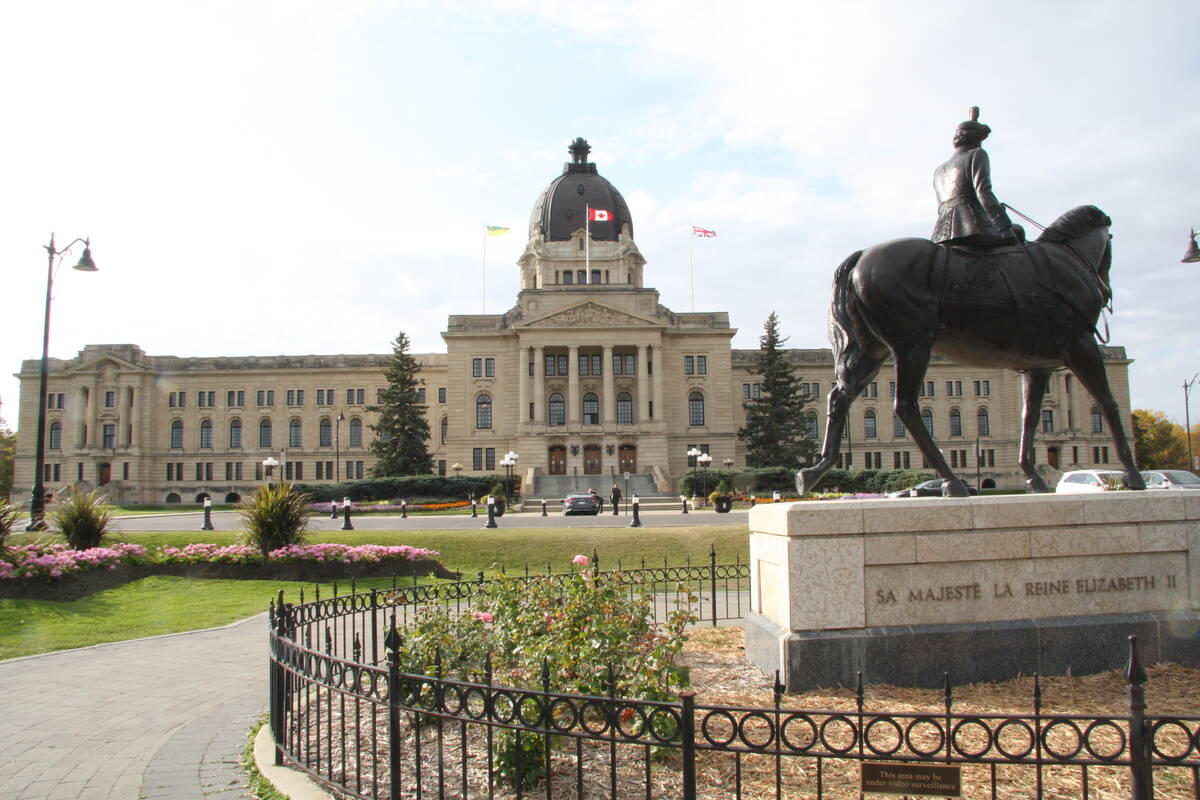Grain handlers and the Canadian Wheat Board have agreed to work together to try to find common ground on the contentious issues surrounding grain transportation reform.
Following a meeting last week, the board and the Western Grain Elevators Association drafted a letter to federal transport minister David Collenette saying they are prepared to participate in an industry-wide process to address the divisive issues raised by the Estey report.
Those issues include the fate of the freight rate cap, improving system accountability and efficiency, the need for a railway costing review and the board’s role in transportation.
Read Also

Saskatchewan throne speech promises strong economy
Saskatchewan’s legislative agenda for the coming year will focus on meeting the challenges of new world trading relationships, said the speech from the throne.
As this week began, efforts were under way to persuade the railways to sign the letter and lend their support to the idea.
“We can’t have just two sides of the triangle in the room every time,” said Bruce Johnson of Saskatchewan Wheat Pool, chair of the WGEA.
Earlier attempts by the WGEA to involve the three players in a joint review of the Estey report were abandoned in the face of the board’s strong opposition to some of that report’s key proposals.
The board and the grain handlers also agree that producers must be represented in whatever process is established, but producer groups were not involved in last week’s meeting. Johnson said it should probably be left up to Ottawa to decide on the nature of the producers’ involvement.
While there has been no specific comment from Collenette as to what will happen next, grain industry officials say they have indications that the minister will propose to cabinet that an entity be set up to sort out exactly where the industry stands in the aftermath of Estey and figure out what will happen next.
“They’ve signalled to us they want to start getting into some of the details of how the system should evolve,” said CWB president and chief executive officer Greg Arason.
There has been no suggestion who would lead such a consultation process or how it would be structured.
Arason said he doesn’t think the process will focus only on the proposals put forward in the Estey report. The board opposes some of Estey’s key recommendations and has published its own plan for grain transportation reform.
The board and the grain handlers find themselves at odds over some crucial issues, especially surrounding the board’s role in grain transportation.
The grain handlers say they must be free to manage their assets as they see fit, while the board says it must be closely involved in any decisions or contracts that involve the movement of export grain. There was no attempt to bridge that gap at the April 9 meeting, which focused on process rather than policy.
“We parked Estey and the CWB action plan at the door,” said Johnson.
The meeting was a success insofar as everyone around the table agreed to work together to find common ground, he said, adding that he believes the differences between the board and the grain handlers can be resolved through discussion.
Arason said one of the problems with the report by Willard Estey is that while he talked to everyone in the industry over the course of his review, it was always one at a time.
“They were talked to individually and in isolation and there was never an opportunity to establish any sort of common ground,” he said.
The board has been talking to producers in an effort to find common ground on the idea of a railways costing review, but the familiar divisions between farm groups remained in place following a recent meeting organized by the board.














